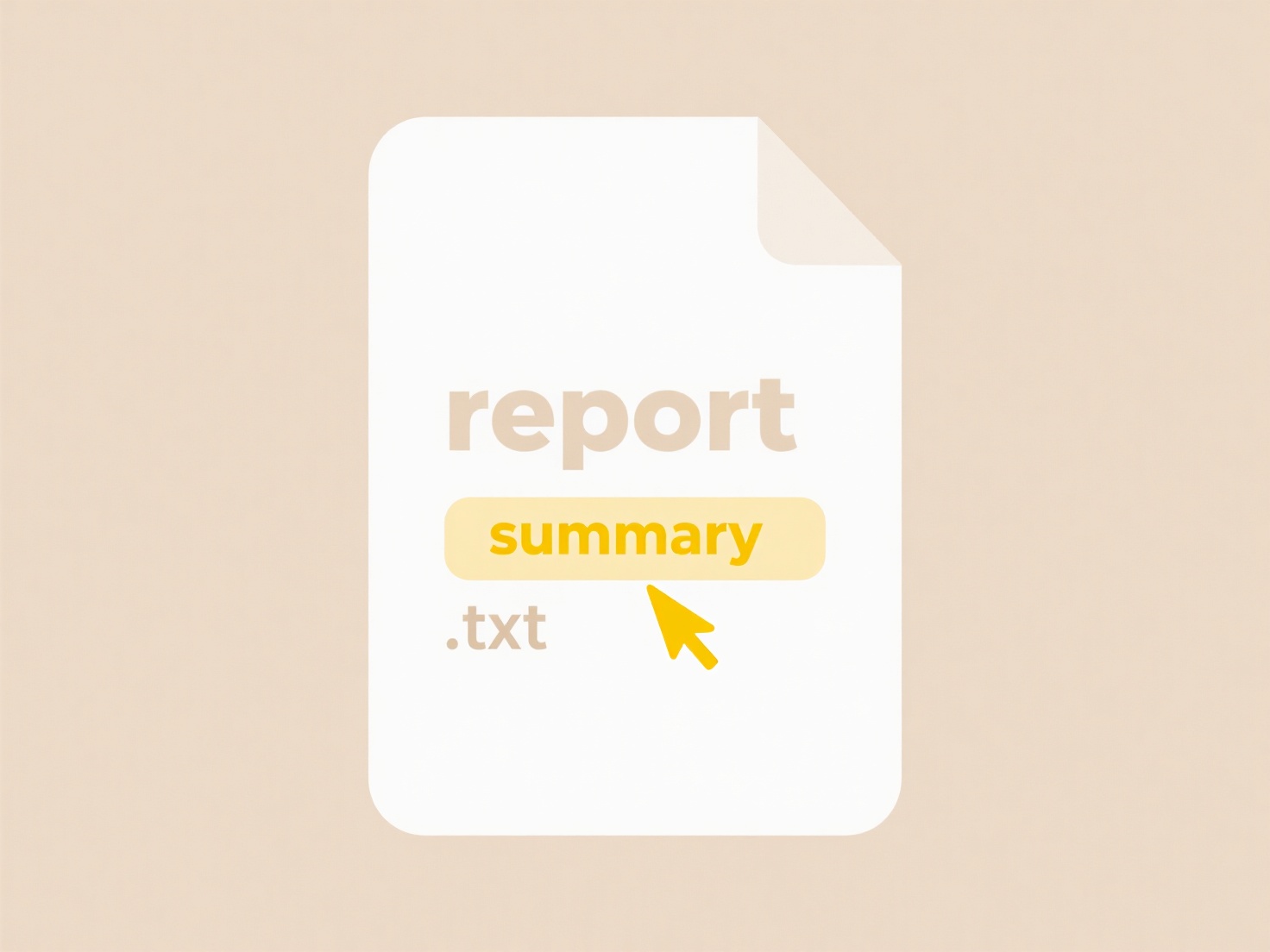
Files may appear empty after opening due to three primary causes. Content might be corrupted from transfer errors or software crashes, rendering it unreadable despite the file existing. Alternatively, opening with an incompatible program (like viewing a DOCX in basic Notepad) misinterprets formatting, showing only unintelligible characters. Permissions can also hide data if the user lacks access rights.

For instance, an Excel spreadsheet may open blankly if corrupted during an interrupted cloud sync or email download. Similarly, opening a complex PDF in a basic image viewer often displays only white space since advanced text and vector elements remain uninterpreted. Such scenarios occur routinely in creative, engineering, and office software.
While data recovery tools or viewing in native software can address some cases, encrypted files or physical damage pose limitations. Ethical recovery arises when personal/sensitive data becomes accidentally accessible through such recovery methods. Auto-backups in platforms like Google Drive mitigate risks. Future file formats may embed self-validation features to warn users of integrity issues.
Why is the content missing after opening the file?
Files may appear empty after opening due to three primary causes. Content might be corrupted from transfer errors or software crashes, rendering it unreadable despite the file existing. Alternatively, opening with an incompatible program (like viewing a DOCX in basic Notepad) misinterprets formatting, showing only unintelligible characters. Permissions can also hide data if the user lacks access rights.

For instance, an Excel spreadsheet may open blankly if corrupted during an interrupted cloud sync or email download. Similarly, opening a complex PDF in a basic image viewer often displays only white space since advanced text and vector elements remain uninterpreted. Such scenarios occur routinely in creative, engineering, and office software.
While data recovery tools or viewing in native software can address some cases, encrypted files or physical damage pose limitations. Ethical recovery arises when personal/sensitive data becomes accidentally accessible through such recovery methods. Auto-backups in platforms like Google Drive mitigate risks. Future file formats may embed self-validation features to warn users of integrity issues.
Quick Article Links
Can I prevent renaming or moving of shared files?
Shared files refer to documents, images, or other digital assets accessible to multiple users. Preventing their renaming...
Can copying from phone to PC create duplicates?
Copying files from your phone to a PC involves creating a new, separate instance of each file on the computer. This inhe...
How do I request access to a file I don’t have permission for?
Requesting access to a file you don't have permission for involves asking the system administrator or the current owner ...